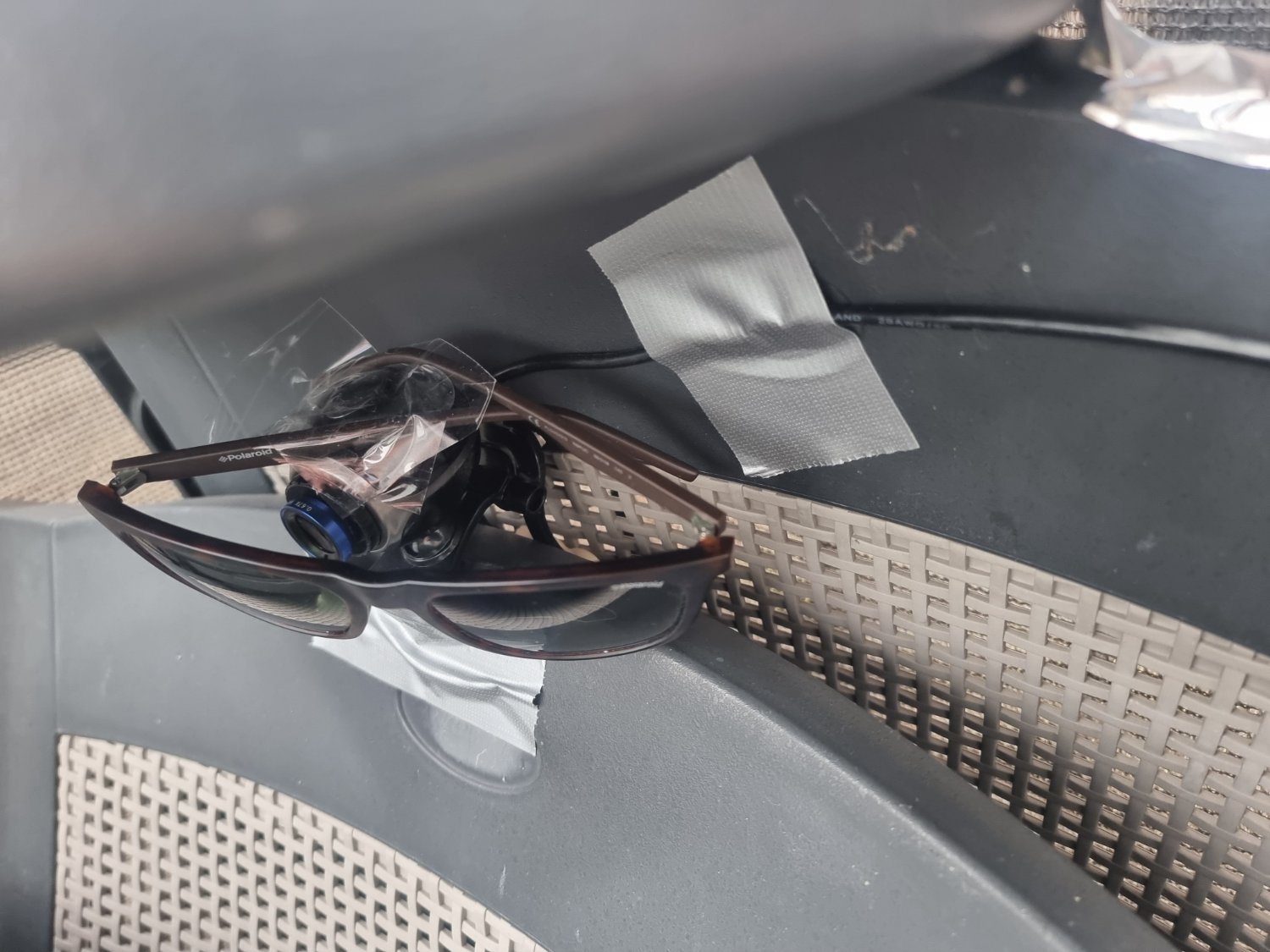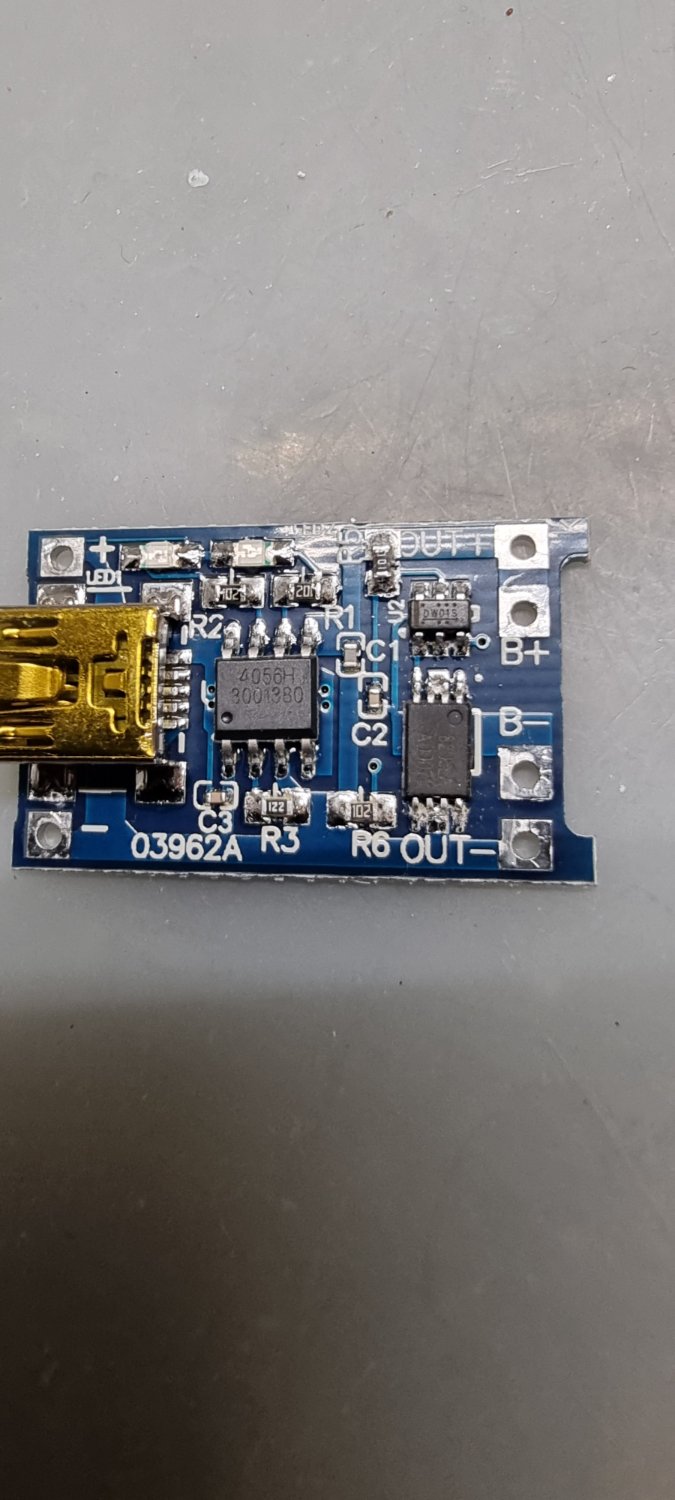I hope it stays that way.
Quitting drinking is easy. I do that several times per day.
It was also my first CAD program. Perhaps not having experienced others makes it easier to tolerate the quirks of FreeCAD.
I'm quite happy with FreeCAD. It's not really intuitive but I'll gladly take that over any other program with those modern account/subscription/cloud bullshit "features".
Upvoted just for Eddie and Richie.
Really tiresome to clean I bet.
Leugens!
It's Afrikaans, not Dutch. It's close though. We can understand written Afrikaans.
All of them if it wasn't for greedy corporations.
/u/spez is violently taking notes.
view more: next ›
Rolive
joined 1 year ago



They have no jurisdiction in Europe though.